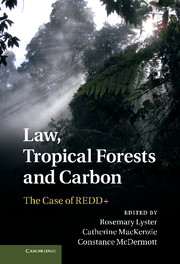Through a variety of unique ecosystem services, peatlands provide critical support to society and play a significant part in the global environmental system. Unfortunately, anthropogenic activities pose a hazard to these peatlands. This study estimated a total economic value (TEV) of peatland ecosystem services and examined relationships between the TEV and landscape characteristics in Riau province, Indonesia. A comprehensive economic valuation questionnaire, covering household socioeconomic conditions, ecological information and landscape characteristics, perception of peatland importance, peatland product collection data, and villagers' willingness to pay (WTP) for habitat and biodiversity protection, was administered to 200 household representatives (92% confidence) from five villages distributing across distinct landscapes. The survey took place from May to June 2023. The respondents derived numerous advantages from the peatlands, culminating in an average TEV of USD 3,174.31 per household per year. This value predominantly reflects a use value, accounting for 80.85% of the TEV. Notably, the use value emanates primarily from the provisioning of food through fishing, soil fertility, wild plants, and animals. However, to a lesser extent, there exists a marginal presence of a non-use value, encompassing the habitats provided to endemic or endangered species, the preservation of biodiversity for future generations, and the sanctity associated with forests deemed sacred. The observed variance in landscape characteristics appears to wield an influence on amounts of benefits derived from the peatlands. This phenomenon can be attributed to prevailing land use conditions and geographical distances.
Download:
DOI:
https://doi.org/10.20944/preprints202312.2237.v1
Altmetric score:
Dimensions Citation Count:

























